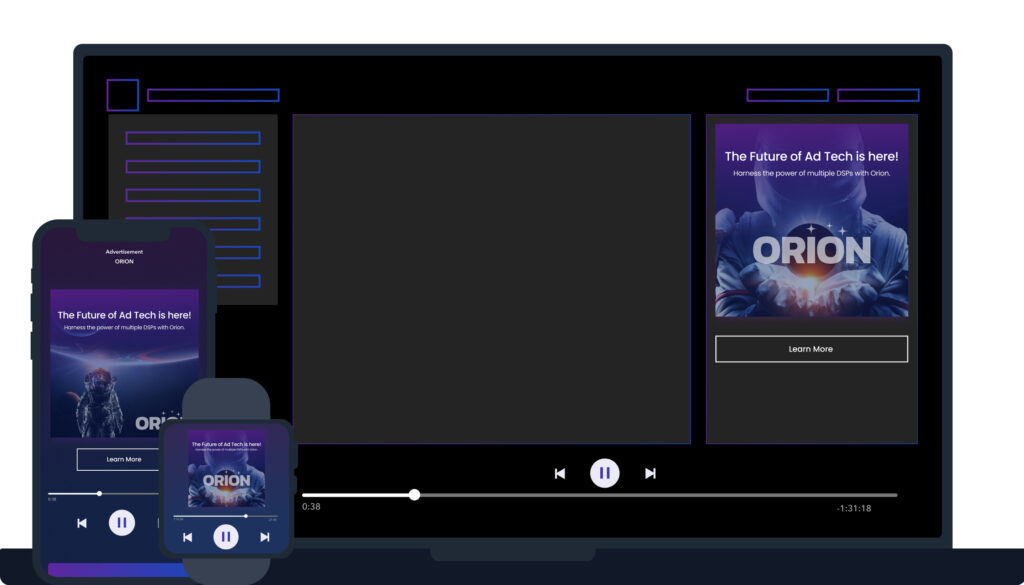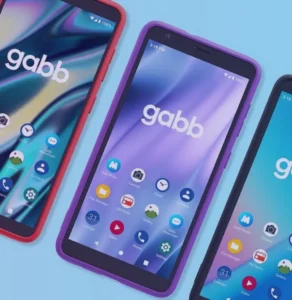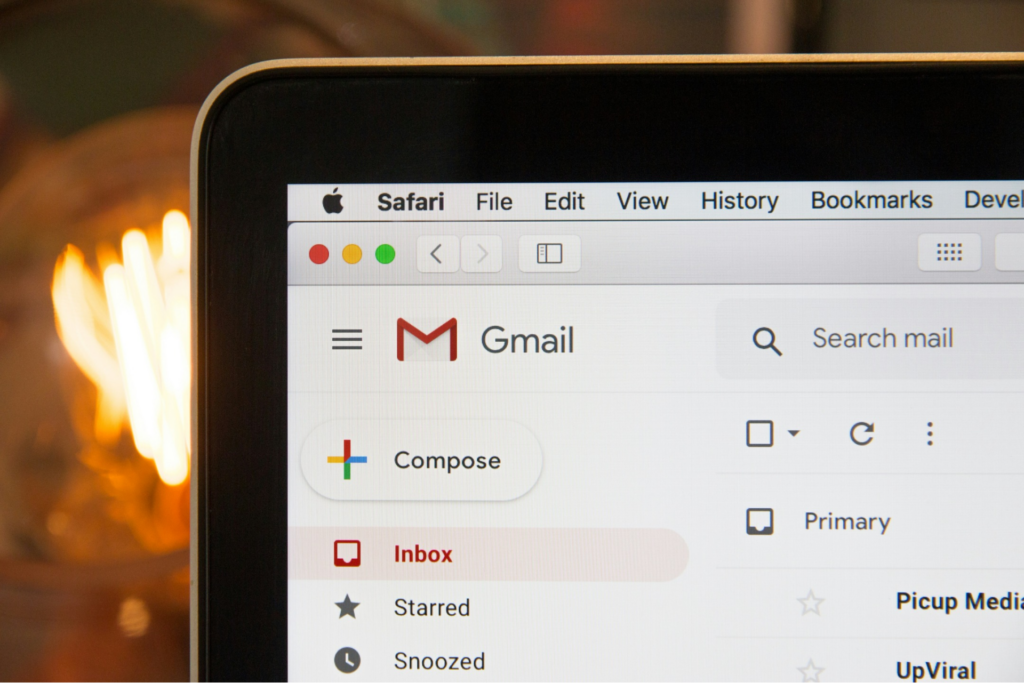Welcome back to our CHANNELS series, where we discuss popular marketing channels to help you decide if they are right for your business. Read last week’s blog, CTV Inventory, here. Today, we’re discussing streaming audio ads, so listen up!
What is streaming audio?
Streaming is a method of delivering audio and video files over the internet. Rather than using radio waves that travel through the air (remember that thing in your car?) or downloading mp3s from a server (R.I.P. Napster), streaming plays songs on demand without storing them on your device, so it requires a high-speed internet connection.
What is the history of streaming audio?
The first major commercial streaming platform was Pandora, which was first imagined and built in 2000. Pandora was designed as a digital radio station where users searched for their favorite artist and songs, and the platform provided them with recommendations for a similar sound, which facilitated the discovery of new favorites.
The creators of Pandora didn’t initially intend on creating Pandora. They first created the Music Genome Project, which attempts to categorize songs by shared instrumentals and sounds by assigning one of 450 “genes” to every song. When this ambitious (and very cool, IMO) project did not turn out to be commercially successful, they built Pandora as a way to license the Music Genome Project and drive revenue for it.
However, you couldn’t listen to songs on demand on Pandora, and eventually, people wanted a way to be able to listen to “Axel F” by Crazy Frog 500 times in a row. The first major platform to break through on this front was Spotify, the Swedish audio streaming service founded in 2006, although not reaching the United States until 2011.
Fast forward to 2024, and Spotify is an incredibly dominant force in the music streaming space, and on the web in general. It is the 47th most visited website in the world as of December 2023. In 2022, it reported that it had “456 million monthly active users globally (up 20% YoY), of which 274 million are ad-supported MAU (up 24% YoY) with ad-supported revenue growing 19% YoY.”
However, while Spotify is large, it is not the only player (get it?) in the space. Other popular streaming services include Tidal, Apple Music, Amazon Music, Youtube Music, and Soundcloud. Most of these services offer a “freemium” subscription tier, where users can access the platform for free, but hear ads after every few songs.
The stats behind streaming
As you can see, there is ample opportunity for advertisers who want to take advantage of this channel. Not only are there many services that offer ad-supported freemium models, but most platforms provide rich data that you can use for highly specific targeting.
With streaming audio, you have a captive audience and a personalized experience. According to e-Marketer, adults in 2022 spent 1:40 hours listening to digital audio per day, and that figure is expected to increase in the next several years.
The COVID-19 pandemic was a strong driver for the increase in listening, increasing 26.4% from 2020 to 2021, up to 523.9 million streamers. I, for one, got heavily into podcasts over the past few years, and now I can’t put away my laundry without one playing in the background.
However, radio still remains relevant, with around 1:20 hours of listening in 2022–a not insignificant amount, although that is expected to decrease by a few minutes each year.
For the data nerds: here’s a compilation of even more streaming stats.

Streaming audio ad placements
Digital audio ad spend was expected to amount to $6.79 billion in 2023. Advertisers see the benefit in an engaged, passionate audience, a growing market, and the ability to tap into rich data.
There are a few types of advertisements that you might hear on your favorite song or podcast:
Programmatic
Programmatic audio ads are 15-30 seconds long and play every few songs in freemium subscriptions, or at the beginning, middle, or end of a podcast. These are recorded, read, and sent by the advertiser, or voice actors they have contracted.
Native
“Native” ads refer to podcast ads that are read by the host, rather than the advertiser or a voice actor. These ads derive their effectiveness by utilizing the relationship between the host and the listener, who generally has a trusted and positive opinion of the host. A native ad allows the advertisement to fit exactly within the show’s voice when the host adds their own personality to it.
Video
Some streaming platforms allow for video ads to play on their services along with the audio, which creates an even more dynamic experience for the listener.
Display
Display ads that are shown over your audio ads are known as “companion banners.” Companion banners provide a clickable CTA to the audience during the audio ad, as well as show a visual of your brand, which provides a more dynamic experience, similar to video.
Advantages of streaming audio ads
Audio streaming provides many benefits to advertisers over radio, and in general. The benefits of streaming ads mirror the benefits of programmatic advertising:
In-Depth Targeting
Advertisers have a whole world of data within Spotify, Pandora, and other streaming platforms. You can easily discover insights about your customers, such as other genres that they listen to. This data provides other places to reach your target audience.
Cost-Effective
Like many other forms of programmatic advertising, streaming audio ads allow you to reach your target audience and spend your ad budget more effectively, especially compared to traditional radio.
Programmatic ads give you the ability to optimize during the campaign’s duration, increasing the ROI of your campaign. Rather than having any unused budget at the end of the campaign, DSPs can allocate that remainder to reach other likely buyers who have similar tastes as your audience.
Contextual
The data capabilities of audio streaming ads allow you to reach your customer in the right context. For example, if your customer is listening to a health and fitness podcast, they might respond well to an ad for athleisure wear.
How to create a quality streaming audio ad
Here are some tips to think about when creating your audio:
1. Make a witty, precise script: When you only have 15-30 seconds, every word counts. Think of it like poetry, and remember you only have a brief period of time to make your message stick.
2. Consider the voice actors you are hiring: Think about your customers, and ensure you are considering based on consistency with your brand (authoritative versus friendly), diversity, and clarity.
3. Technical quality: Ensure that you have the crisp, clear sound that comes with using good technology. You only have a brief time to make a good impression, and poor sound quality can deeply impact the perception of your brand.
KPIs of streaming audio ads
Some methods to measure audio streaming campaigns include:
- Impressions: How many listeners your ads reached
- Listen Through Rate: How many individuals listened to your ad to completion
- Reach: The number of unique listeners to your ad
- Frequency: How often listeners hear your ad
- Click Through Rate: The percentage of time a listener clicked on your ad
- Codes or Promos: If the listener used the unique code given by an advertiser for that podcast – a great tool that allows you to track conversions.
You can measure the overall success of your campaign via:
- Conversions: The number of people who took the desired action as a result of your campaign, such as visiting your site, making a purchase, or reserving a ticket.
- ROAS (Return on Ad Spend): Divide the revenue attributed to the campaign by the total cost.
Buying streaming audio ads
Non-Programmatically: You can buy directly from streaming platforms, or set up a contract with a podcast for a certain amount of ads throughout the month. This gives you more control over exactly where your ads play, but it limits the amount of platforms you are able to reach.
Programmatically: You can buy streaming audio ads through multiple platforms with a DSP. Our proprietary programmatic platform ORION allows you to utilize the top six market leading DSPs, using each for its best features. This means you can run multiple audio campaigns across multiple DSPs and platforms, and see unified analytics for each campaign.
Working with a trusted partner who has a relationship with some of the biggest streaming platforms helps ensure you have the expertise and execution to help take your campaign to the next level.
Version2 uses industry knowledge and top technology to help our partners reach better results than they could alone, and has partnerships with many of the essential streaming services in today’s market.
Reach out to our team today to see if streaming audio ads are right for your business, and to learn more about our capabilities regarding programmatic advertising and streaming audio ads. We even provide creative services.
Other resources:
The basics of digital audio advertising
Streaming Audio Advertising Guide [History + Tips]
Programmatic Audio Marketing | Advertising for Music Streaming Services | The Trade Desk









